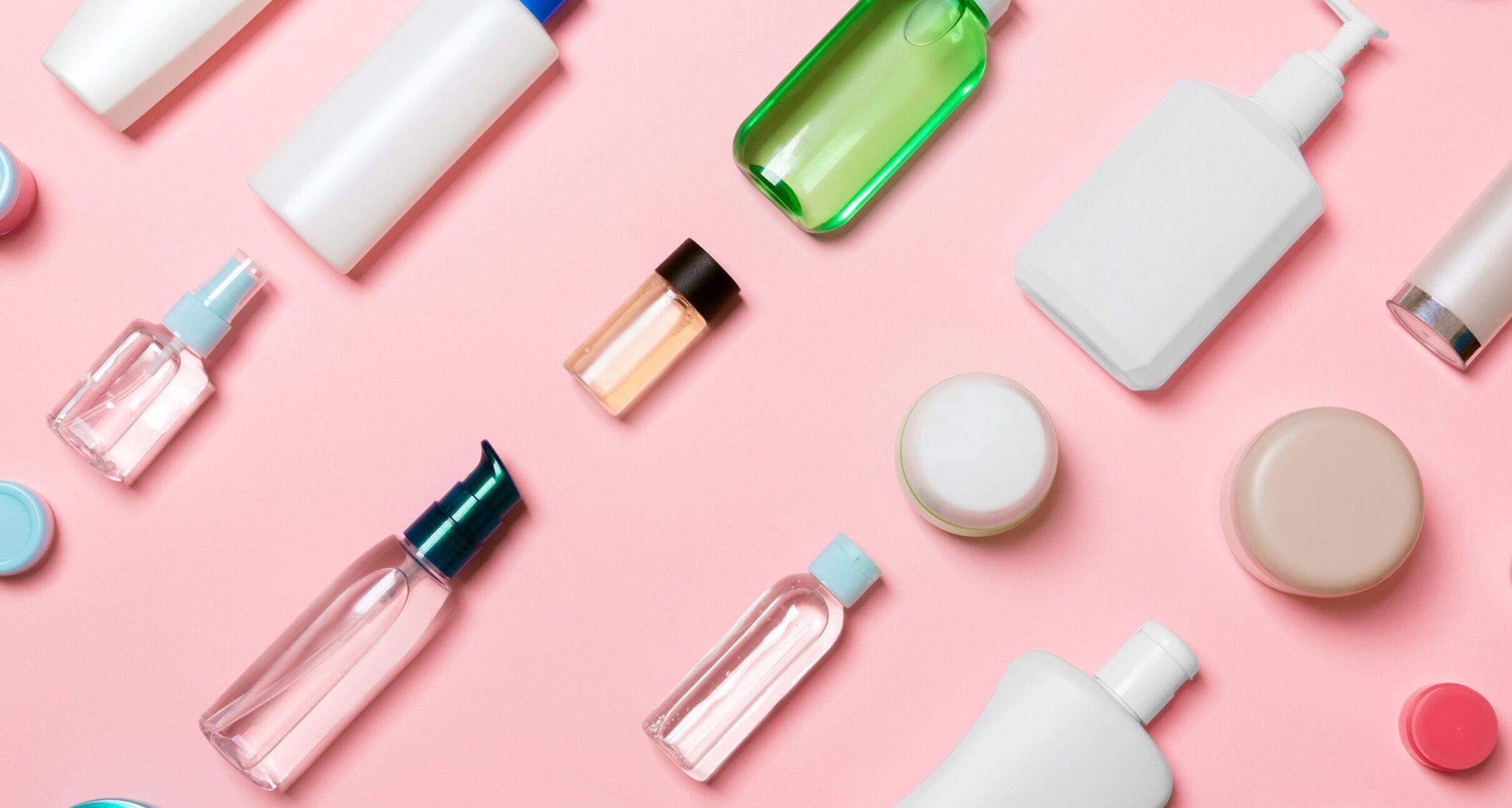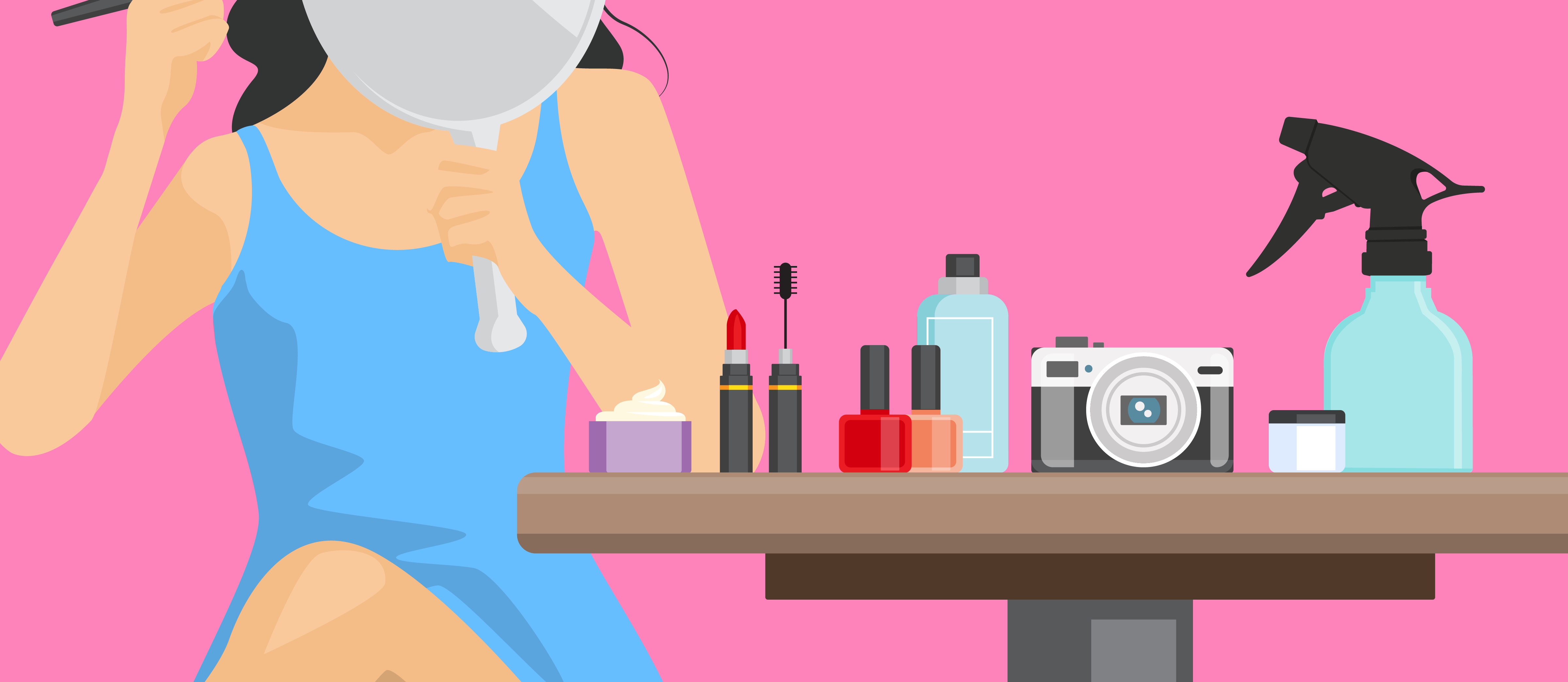
Throughout history, beauty standards have been shaped by cultural and societal norms, which have often been exclusive and narrow. The beauty industry has perpetuated these standards through media and advertising, leading to a lack of diversity and inclusivity in the industry. The consequences of these narrow beauty standards have been damaging, leading to lowered self-esteem and unrealistic expectations for individuals. However, in recent years, there has been a shift towards embracing diversity and inclusivity in the beauty industry, challenging traditional beauty stereotypes.
The impact of media and advertising on beauty standards cannot be understated. In the past, beauty advertisements have often portrayed unrealistic and unattainable beauty standards, leading to negative effects on consumers. However, more recently, successful brands have recognized the importance of diversity and inclusivity in advertising and product development, leading to more authentic and representative campaigns. Social media has also played a significant role in breaking down beauty stereotypes, allowing for more diverse representation and challenging traditional gender roles.
While progress has been made in the beauty industry towards diversity and inclusivity, there is still much work to be done. Consumers are increasingly demanding more representation and diversity in beauty advertising. Initiatives such as Breaking Stereotypes are working towards promoting healthy beauty standards and challenging narrow beauty ideals. Brands are also responding to this positive change by focusing on gender equality and body positivity in their campaigns. Ultimately, embracing diversity and inclusivity in the beauty industry not only benefits individuals, but also contributes to a more inclusive and accepting society.
The shift towards diversity and inclusivity in the beauty industry
The beauty industry has undergone a significant shift towards inclusivity and diversity in recent years. This movement gained momentum with the launch of Fenty Beauty, which set a new standard for inclusivity in the industry. Brands and mass retailers are recognizing the importance of inclusivity and are becoming more diverse in their product offerings and advertising campaigns. This shift towards inclusivity is not just a trend; it is a necessary step towards creating a more equitable and accepting society.

The beauty industry is increasingly recognizing the importance of representation and diversity in their advertising campaigns. Brands are featuring models of all ages, sizes, ethnicities, and gender identities in their campaigns, which is a significant departure from the industry’s previous narrow beauty standards. For example, people who identify across various points of the gender spectrum use makeup as a tool to break stereotypes surrounding the beauty industry. This shift towards representation and diversity is essential in creating a more inclusive society and breaking down harmful beauty stereotypes.
Celebrating diversity in the beauty industry has numerous benefits, including increasing consumer loyalty and expanding the market for beauty products. A study by Alli in 2022 found that corporate reputation is shaped by representation in advertising and product offerings, demonstrating the importance of diversity in the beauty industry. Consumers are drawn to brands that show diversity in their advertising campaigns, with 63% of Americans saying they are inspired by beauty brands that show diversity in advertising. By embracing diversity and inclusivity, the beauty industry can create a more welcoming and accepting environment for all individuals.






